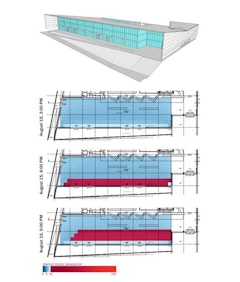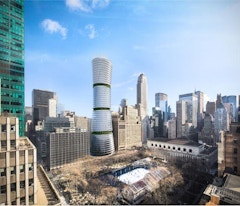Mastery of Measurement
The conventional approach to specifying dimensional tolerances in architecture and construction is inadequate in the theater of premanufacturing
The conventional approach to specifying dimensional tolerances in architecture and construction is inadequate in the theater of premanufacturing


With an ever-growing interest in mid- and high-rise mass timber construction, this paper highlights the insights and lessons learned across global

Reducing greenhouse gas emissions from the building sector is critical to limiting global temperature rise to less than 1.5⁰C. Construction and




This paper outlines the successful implementation of digital workflows between the design team composed of Architect, Structural Engineer and Project

Until recently, Google has occupied buildings that were designed for others and modified the interiors to suit its needs. Many of the improvements

Direct sun on the body is a known potential cause of thermal discomfort for occupants, yet most thermal comfort simulations do not capture its



The next PowerSKIN Conference will be held virtually in Munich on April 9th. The focus of the 2021 conference deals with the question of whether simplicity and robustness are in contradiction to good performance or whether they even complement each other: Simplicity vs. Performance?
Concerns over time-dependent argon permeation through the perimeter edge seals of insulating glass units (IGUs) led the authors to utilize two

With the desire for more sustainable construction and reduced embodied energy, mass timber is being explored for building structures. For medium and

While most of high-rise buildings feature a core surrounded by a spatial frame defining the volume, one could envision a column-free plan where the

The real estate market continues to demand “all glass” buildings often to the detriment of human comfort and thermal performance. For an office